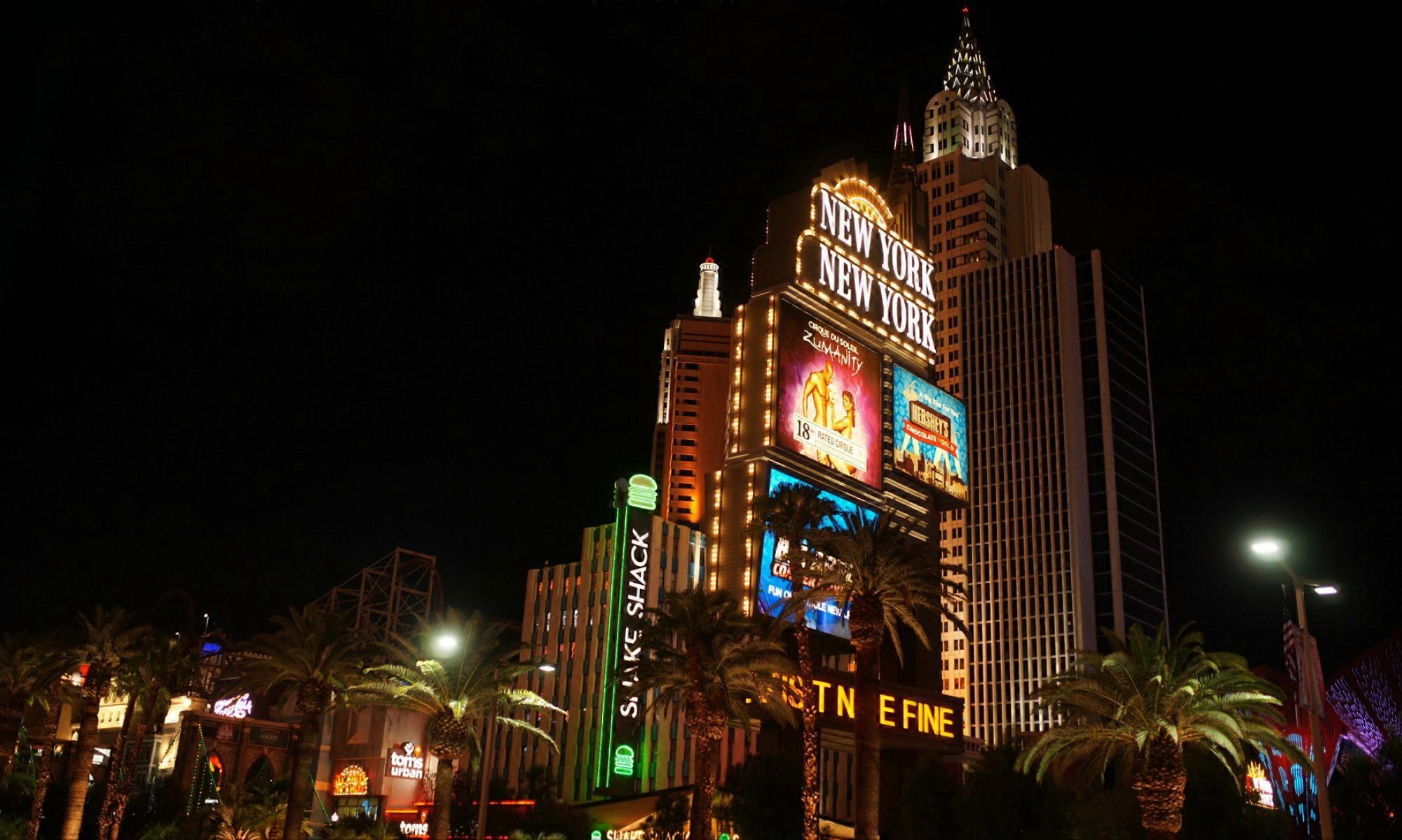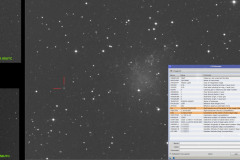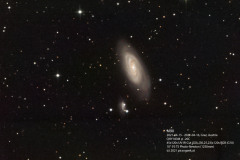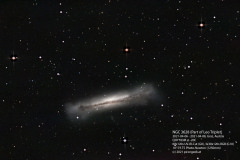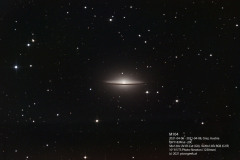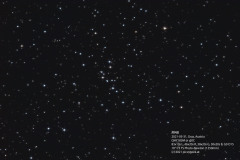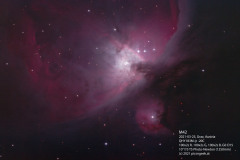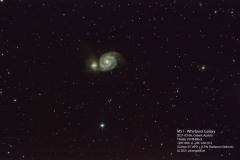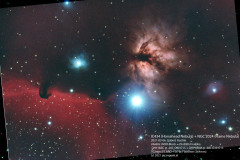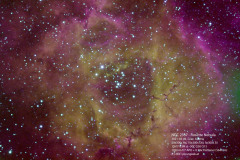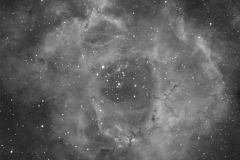Back in 2021 I imaged and processed NGC 2359. The interesting features of this Wolf-Rayet nebula were quite nice, but the weaker parts were invisible: NGC 2359 – Thor’s Helmet in narrow band during Full-Moon
So i started a new imaging run with higher magnification (1320mm instead of 564mm) and more sensitive camera. The resulting image of almost 13 hours data shows a lot more of the surrounding and weak features, even though, the same imaging location was used. The same Bortle 6-7 location was used, observing low above the light cone of the city.
Image data:
Date: 2024-01-10 – 2024-01-27
Location: Graz, Austria
Telescope: TS 256mm f/5 Newtonian with 1.06x ES HR coma corrector (equals to 1320mm focal length)
Camera: QHY268M @ -10C
Filters: Optolong LRGB, Baader H-alpha, O-iii
Guiding: PHD2 off-axis guider (ASI485)
Exposures:
H-alpha: 30x600s
O-iii: 24x600s
L: 116x60s
R: 24x120s
G: 18x120s
B: 18x120s
